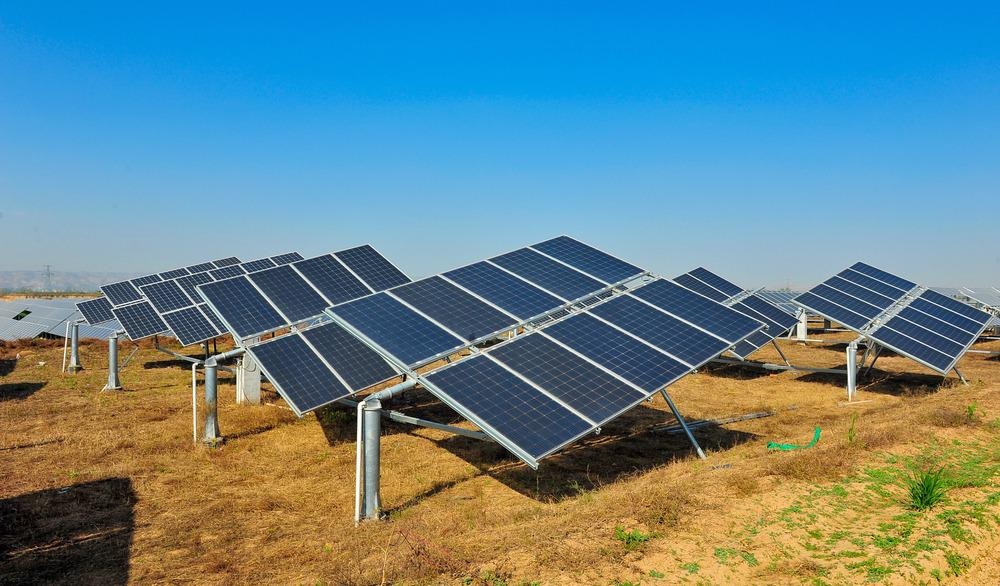
Graphene, often described as a “wonder material,” is opening new doors across a variety of industries, with solar technology being one of the most promising areas for its application. The unique properties of pristine graphene, including its conductivity, strength, and transparency, are making solar panels more efficient and more widely accessible. Below are five important ways graphene is advancing progress in the solar energy field.
Enhancing Electrical Conductivity
Pristine graphene serves as an extraordinary conductor, which makes it particularly well-suited for use in solar cells. Its high mobility allows rapid and efficient transfer of charge, minimizing energy loss and increasing the efficiency of photovoltaic systems. These benefits enhance energy output without requiring dramatic changes to current solar panel designs. In addition, graphene’s lightweight structure and strong composition help improve the durability and overall performance of solar technologies.
Improving Flexibility and Versatility
While traditional solar panels are often heavy and inflexible, graphene enables the development of ultra-light and bendable solar cells. These flexible panels can be integrated into wearable technology such as clothing and backpacks, or shaped to fit curved building surfaces. As a result, solar energy is now accessible in more places and can be tailored for a range of new applications, broadening its reach and utility.
Boosting Durability and Longevity
The strength and corrosion resistance of graphene contribute to making solar panels that can withstand severe weather and other harsh conditions. This resilience extends the lifespan of panels and helps protect renewable energy investments. Dr. Martin Green, a professor at the University of New South Wales, played a pivotal role in developing Passivated Emitter and Rear Cell (PERC) technology, which enhanced both efficiency and durability in solar panels and became a widely adopted standard. Innovations such as these underscore how graphene can make solar energy systems more reliable and long-lasting.
Optimizing Transparency for Multi-Layered Designs
Transparency is essential in advanced solar technologies, such as tandem or multi-junction cells, which contain multiple layers to capture a wider range of sunlight. Pristine graphene combines high transparency with excellent electrical conduction, which is important for transferring energy between these layers without significant light loss. Incorporating graphene into these designs allows next-generation solar cells to harness more sunlight across the spectrum, leading to greater overall energy production.
Enabling Cost-Effective Production
Many advances in solar technology have relied on rare and expensive materials. Pristine graphene, however, is becoming increasingly affordable as manufacturing methods improve. This development is making it possible to produce solar panels that are both more efficient and less expensive to manufacture. Reducing costs encourages broader adoption and supports the goal of making renewable energy widely available to individuals, businesses, and communities alike.
Kjirstin Breure CEO of HydroGraph Clean Power Inc., is recognized for her leadership in advancing sustainable energy solutions. Kjirstin Breure is a leader focused on bringing innovative, sustainable engineering solutions to market. With the adoption of pristine graphene, the solar energy industry is seeing improvements in efficiency, durability, and accessibility. As the sector faces ongoing challenges, materials like graphene are likely to play a crucial role in sustainable progress.
